Wen Tong
Sherman
OAM-Assisted Self-Healing Is Directional, Proportional and Persistent
Apr 02, 2025Abstract:In this paper we demonstrate the postulated mechanism of self-healing specifically due to orbital-angular-momentum (OAM) in radio vortex beams having equal beam-widths. In previous work we experimentally demonstrated self-healing effects in OAM beams at 28 GHz and postulated a theoretical mechanism to account for them. In this work we further characterize the OAM self-healing mechanism theoretically and confirm those characteristics with systematic and controlled experimental measurements on a 28 GHz outdoor link. Specifically, we find that the OAM self-healing mechanism is an additional self-healing mechanism in structured electromagnetic beams which is directional with respect to the displacement of an obstruction relative to the beam axis. We also confirm our previous findings that the amount of OAM self-healing is proportional to the OAM order, and additionally find that it persists beyond the focusing region into the far field. As such, OAM-assisted self-healing brings an advantage over other so-called non-diffracting beams both in terms of the minimum distance for onset of self-healing and the amount of self-healing obtainable. We relate our findings by extending theoretical models in the literature and develop a unifying electromagnetic analysis to account for self-healing of OAM-bearing non-diffracting beams more rigorously.
Contrastive Learning and Adversarial Disentanglement for Privacy-Preserving Task-Oriented Semantic Communications
Oct 30, 2024



Abstract:Task-oriented semantic communication systems have emerged as a promising approach to achieving efficient and intelligent data transmission, where only information relevant to a specific task is communicated. However, existing methods struggle to fully disentangle task-relevant and task-irrelevant information, leading to privacy concerns and subpar performance. To address this, we propose an information-bottleneck method, named CLAD (contrastive learning and adversarial disentanglement). CLAD leverages contrastive learning to effectively capture task-relevant features while employing adversarial disentanglement to discard task-irrelevant information. Additionally, due to the lack of reliable and reproducible methods to gain insight into the informativeness and minimality of the encoded feature vectors, we introduce a new technique to compute the information retention index (IRI), a comparative metric used as a proxy for the mutual information between the encoded features and the input, reflecting the minimality of the encoded features. The IRI quantifies the minimality and informativeness of the encoded feature vectors across different task-oriented communication techniques. Our extensive experiments demonstrate that CLAD outperforms state-of-the-art baselines in terms of task performance, privacy preservation, and IRI. CLAD achieves a predictive performance improvement of around 2.5-3%, along with a 77-90% reduction in IRI and a 57-76% decrease in adversarial accuracy.
Self-Healing Effects in OAM Beams Observed on a 28 GHz Experimental Link
Feb 07, 2024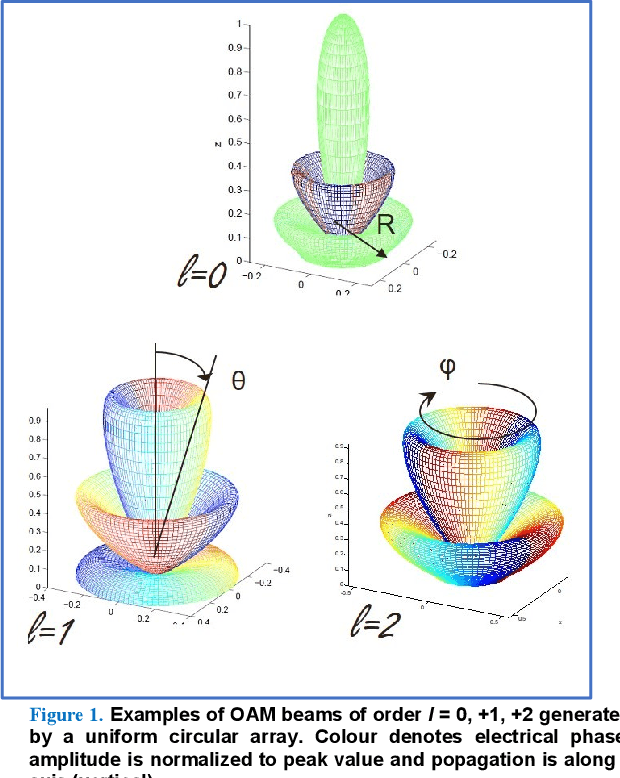
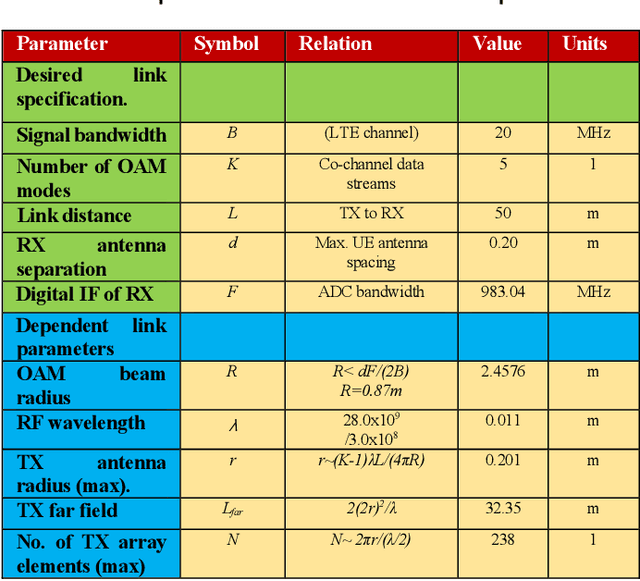
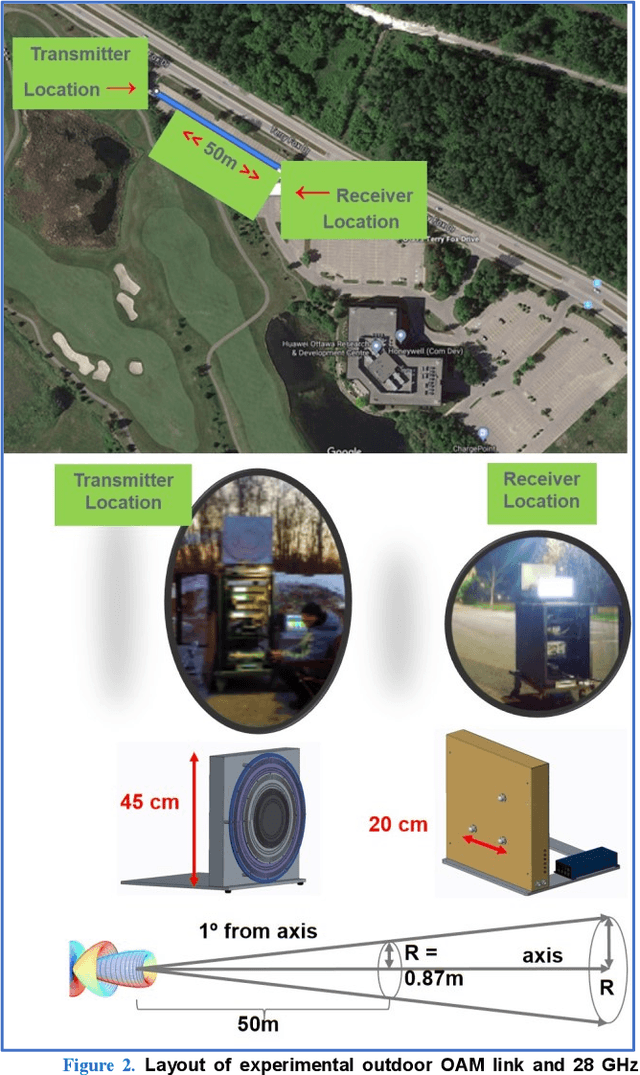
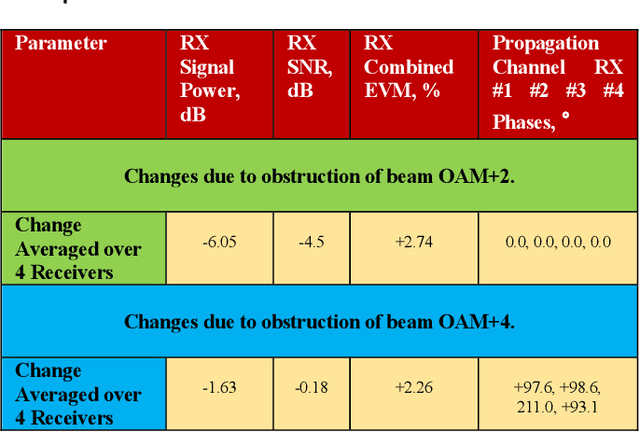
Abstract:In this paper we document for the first time some of the effects of self-healing, a property of orbital-angular-momentum (OAM) or vortex beams, as observed on a millimeter-wave experimental communications link in an outdoors line-of-sight (LOS) scenario. The OAM beams have a helical phase and polarization structure and have conical amplitude shape in the far field. The Poynting vectors of the OAM beams also possess helical structures, orthogonal to the corresponding helical phase-fronts. Due to such non-planar structure in the direction orthogonal to the beam axis, OAM beams are a subset of structured light beams. Such structured beams are known to possess self-healing properties when partially obstructed along their propagation axis, especially in their near fields, resulting in partial reconstruction of their structures at larger distances along their beam axis. Various theoretical rationales have been proposed to explain, model and experimentally verify the self-healing physical effects in structured optical beams, using various types of obstructions and experimental techniques. Based on these models, we hypothesize that any self-healing observed will be greater as the OAM order increases. Here we observe the self-healing effects for the first time in structured OAM radio beams, in terms of communication signals and channel parameters rather than beam structures. We capture the effects of partial near-field obstructions of OAM beams of different orders on the communications signals and provide a physical rationale to substantiate that the self-healing effect was observed to increase with the order of OAM, agreeing with our hypothesis.
Sensiverse: A dataset for ISAC study
Aug 26, 2023



Abstract:In order to address the lack of applicable channel models for ISAC research and evaluation, we release Sensiverse, a dataset that can be used for ISAC research. In this paper, we present the method of generating Sensiverse, including the acquisition and formatting of the 3D scene models, the generation of the channel data and associations with Tx/Rx deployment. The file structure and usage of the dataset are also described, and finally the use of the dataset is illustrated with examples through the evaluation of use cases such as 3D environment reconstruction and moving targets.
On the Road to 6G: Visions, Requirements, Key Technologies and Testbeds
Feb 28, 2023Abstract:Fifth generation (5G) mobile communication systems have entered the stage of commercial development, providing users with new services and improved user experiences as well as offering a host of novel opportunities to various industries. However, 5G still faces many challenges. To address these challenges, international industrial, academic, and standards organizations have commenced research on sixth generation (6G) wireless communication systems. A series of white papers and survey papers have been published, which aim to define 6G in terms of requirements, application scenarios, key technologies, etc. Although ITU-R has been working on the 6G vision and it is expected to reach a consensus on what 6G will be by mid-2023, the related global discussions are still wide open and the existing literature has identified numerous open issues. This paper first provides a comprehensive portrayal of the 6G vision, technical requirements, and application scenarios, covering the current common understanding of 6G. Then, a critical appraisal of the 6G network architecture and key technologies is presented. Furthermore, existing testbeds and advanced 6G verification platforms are detailed for the first time. In addition, future research directions and open challenges are identified for stimulating the on-going global debate. Finally, lessons learned to date concerning 6G networks are discussed.
Reliable Extraction of Semantic Information and Rate of Innovation Estimation for Graph Signals
Nov 10, 2022
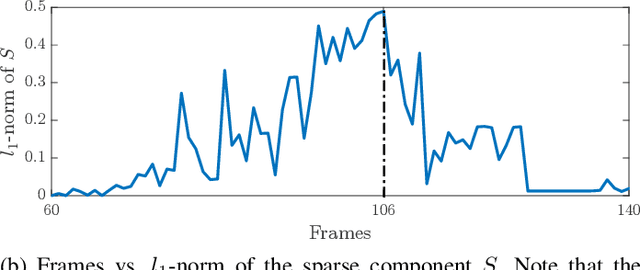

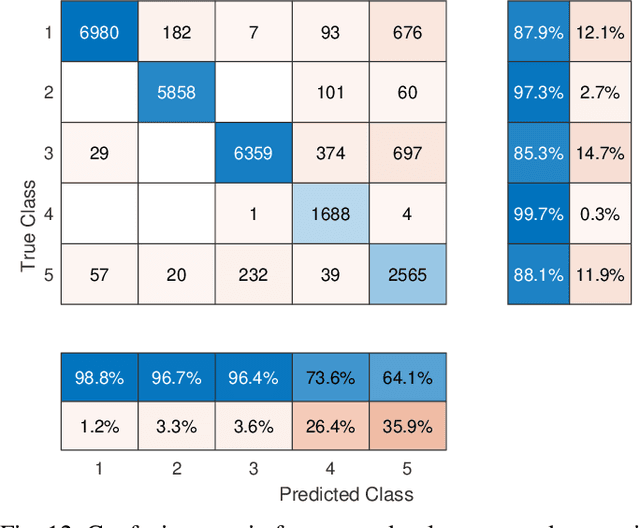
Abstract:Semantic signal processing and communications are poised to play a central part in developing the next generation of sensor devices and networks. A crucial component of a semantic system is the extraction of semantic signals from the raw input signals, which has become increasingly tractable with the recent advances in machine learning (ML) and artificial intelligence (AI) techniques. The accurate extraction of semantic signals using the aforementioned ML and AI methods, and the detection of semantic innovation for scheduling transmission and/or storage events are critical tasks for reliable semantic signal processing and communications. In this work, we propose a reliable semantic information extraction framework based on our previous work on semantic signal representations in a hierarchical graph-based structure. The proposed framework includes a time integration method to increase fidelity of ML outputs in a class-aware manner, a graph-edit-distance based metric to detect innovation events at the graph-level and filter out sporadic errors, and a Hidden Markov Model (HMM) to produce smooth and reliable graph signals. The proposed methods within the framework are demonstrated individually and collectively through simulations and case studies based on real-world computer vision examples.
Antenna Array Enabled Space/Air/Ground Communications and Networking for 6G
Oct 25, 2021
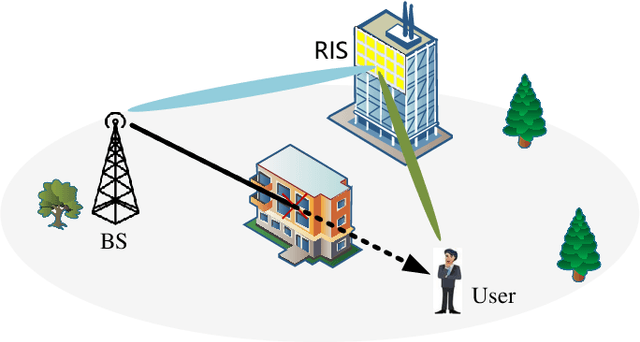
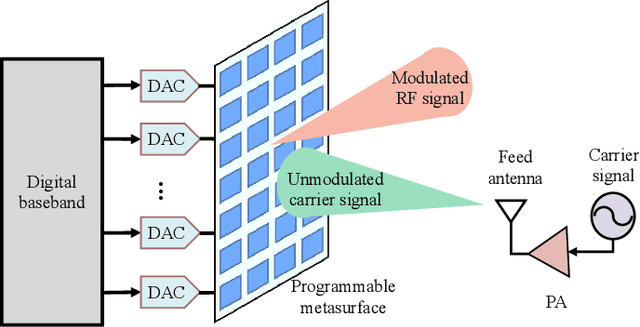

Abstract:Antenna arrays have a long history of more than 100 years and have evolved closely with the development of electronic and information technologies, playing an indispensable role in wireless communications and radar. With the rapid development of electronic and information technologies, the demand for all-time, all-domain, and full-space network services has exploded, and new communication requirements have been put forward on various space/air/ground platforms. To meet the ever increasing requirements of the future sixth generation (6G) wireless communications, such as high capacity, wide coverage, low latency, and strong robustness, it is promising to employ different types of antenna arrays with various beamforming technologies in space/air/ground communication networks, bringing in advantages such as considerable antenna gains, multiplexing gains, and diversity gains. However, enabling antenna array for space/air/ground communication networks poses specific, distinctive and tricky challenges, which has aroused extensive research attention. This paper aims to overview the field of antenna array enabled space/air/ground communications and networking. The technical potentials and challenges of antenna array enabled space/air/ground communications and networking are presented first. Subsequently, the antenna array structures and designs are discussed. We then discuss various emerging technologies facilitated by antenna arrays to meet the new communication requirements of space/air/ground communication systems. Enabled by these emerging technologies, the distinct characteristics, challenges, and solutions for space communications, airborne communications, and ground communications are reviewed. Finally, we present promising directions for future research in antenna array enabled space/air/ground communications and networking.
A Scalable 256-Elements E-Band Phased-Array Transceiver for Broadband Communication
Jun 20, 2021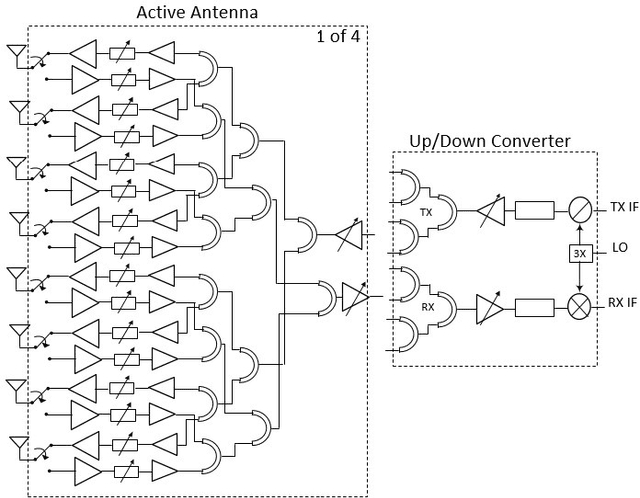
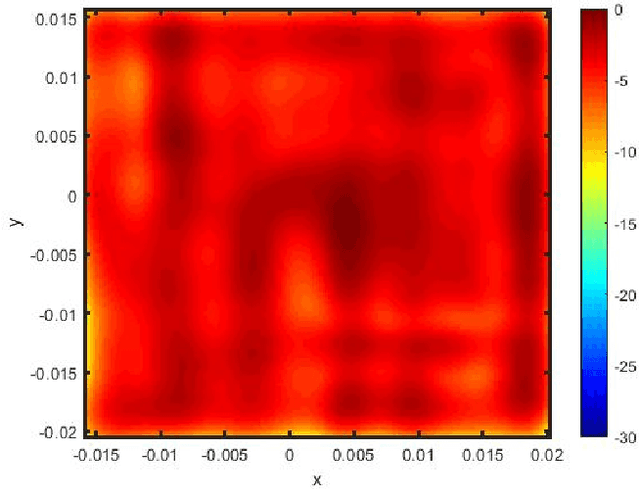
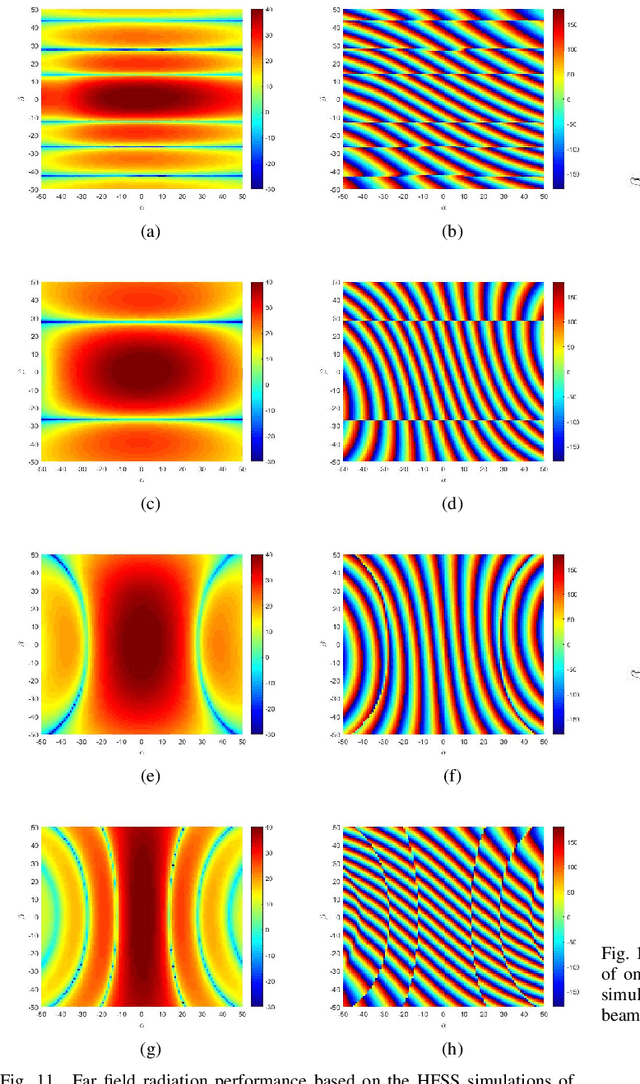
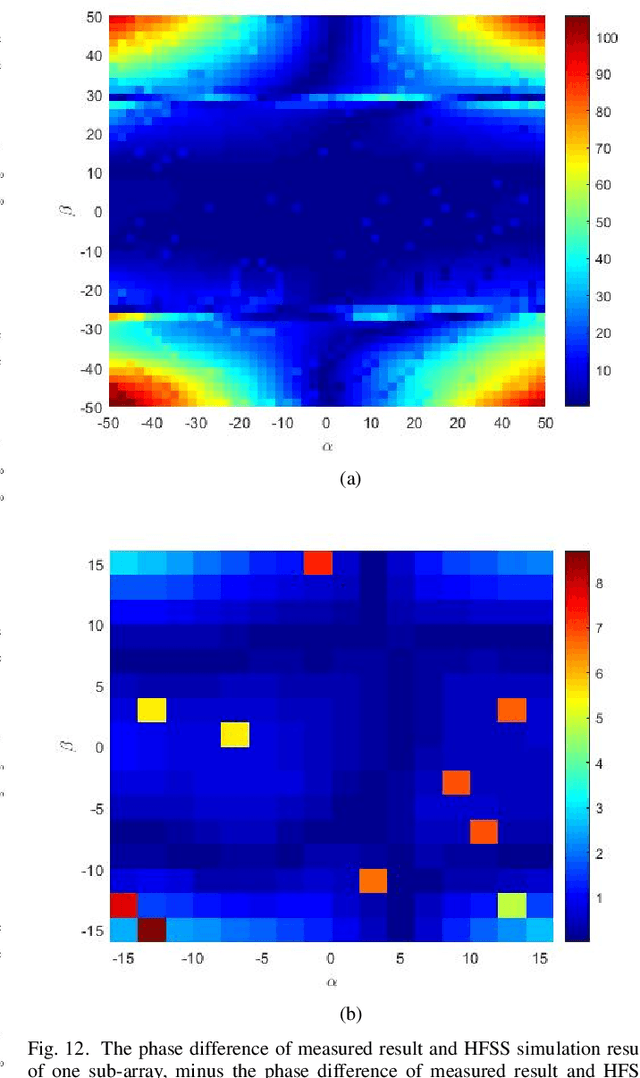
Abstract:For E-band wireless communications, a high gain steerable antenna with sub-arrays is desired to reduce the implementation complexity. This paper presents an E-band communication link with 256-elements antennas based on 8-elements sub-arrays and four beam-forming chips in silicon germanium (SiGe) bipolar complementary metal-oxide-semiconductor (BiCMOS), which is packaged on a 19-layer low temperature co-fired ceramic (LTCC) substrate. After the design and manufacture of the 256-elements antenna, a fast near-field calibration method is proposed for calibration, where a single near-field measurement is required. Then near-field to far-field (NFFF) transform and far-field to near-field (FFNF) transform are used for the bore-sight calibration. The comparison with high frequency structure simulator (HFSS) is utilized for the non-bore-sight calibration. Verified on the 256-elements antenna, the beam-forming performance measured in the chamber is in good agreement with the simulations. The communication in the office environment is also realized using a fifth generation (5G) new radio (NR) system, whose bandwidth is 400 megahertz (MHz) and waveform format is orthogonal frequency division multiplexing (OFDM) with 120 kilohertz (kHz) sub-carrier spacing.
 Add to Chrome
Add to Chrome Add to Firefox
Add to Firefox Add to Edge
Add to Edge